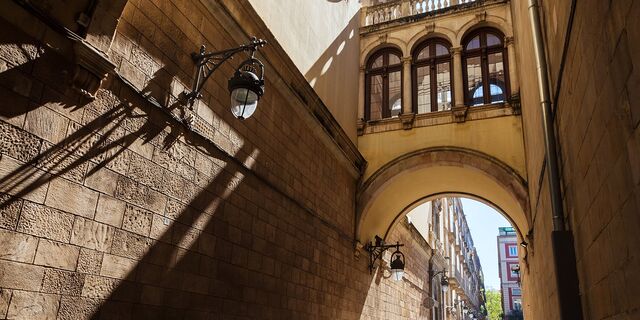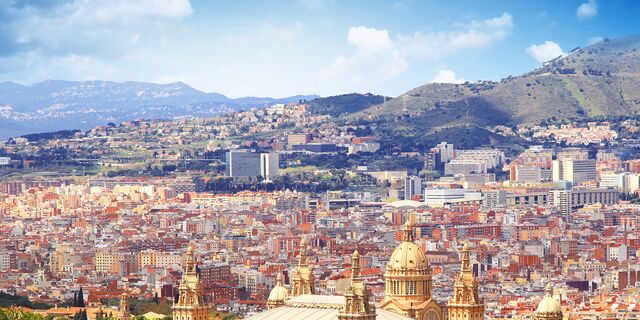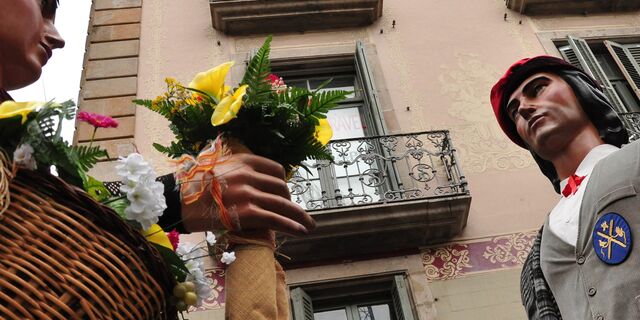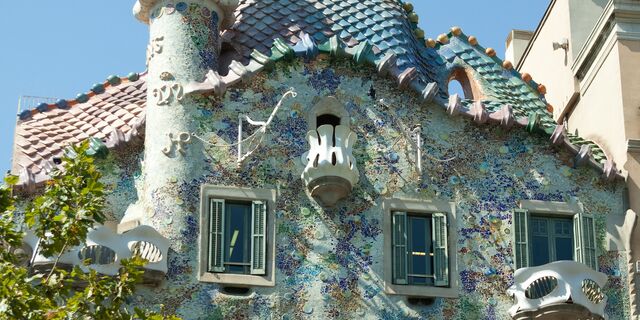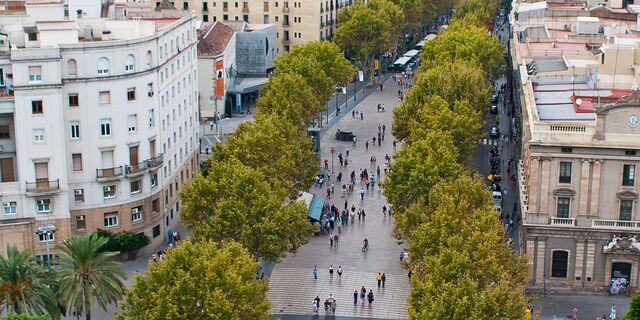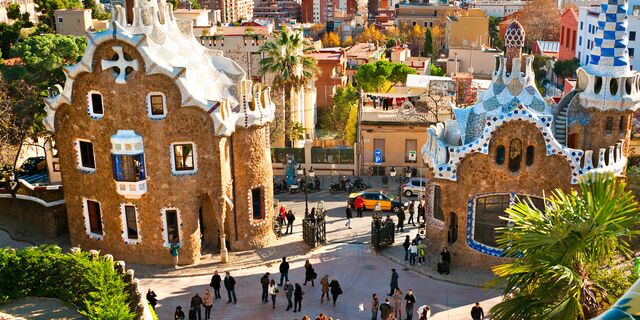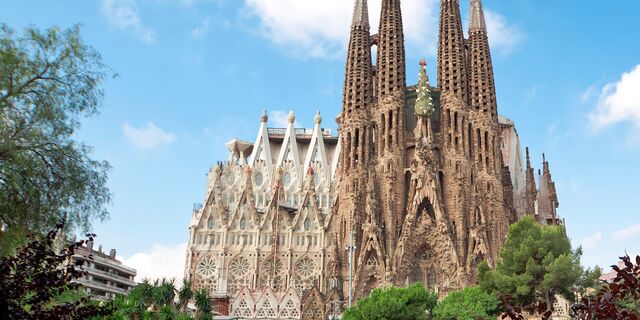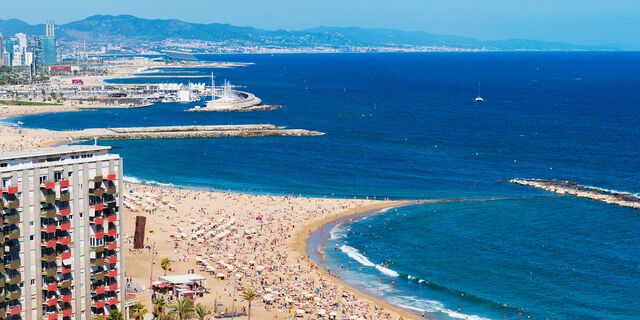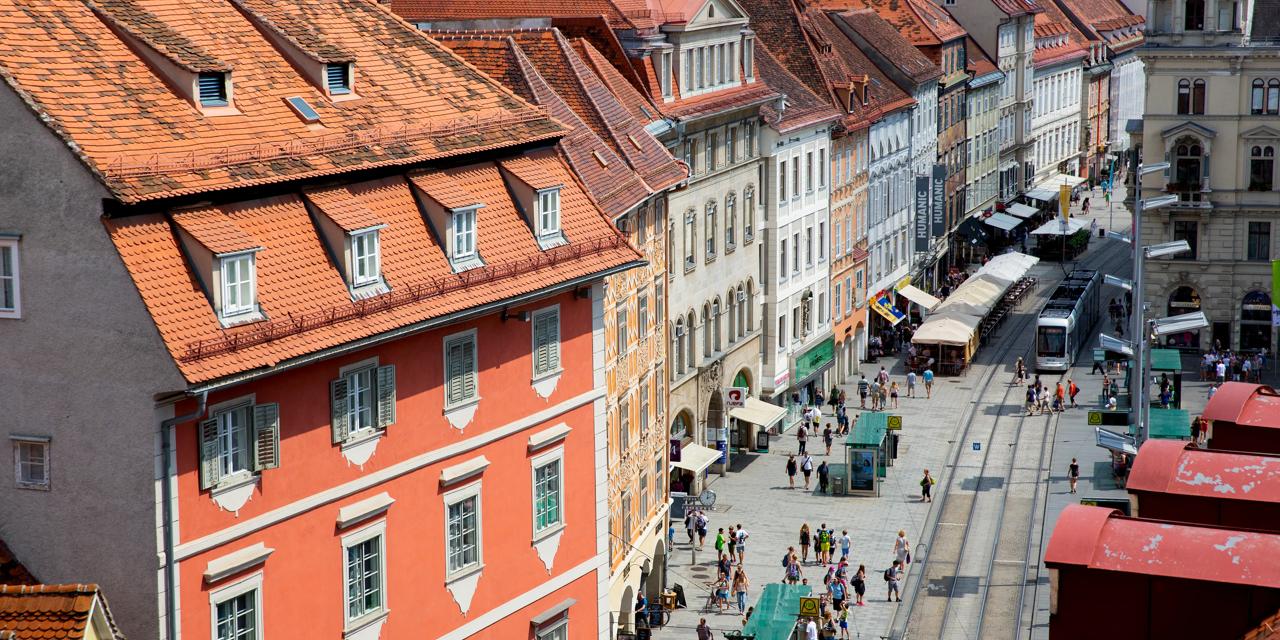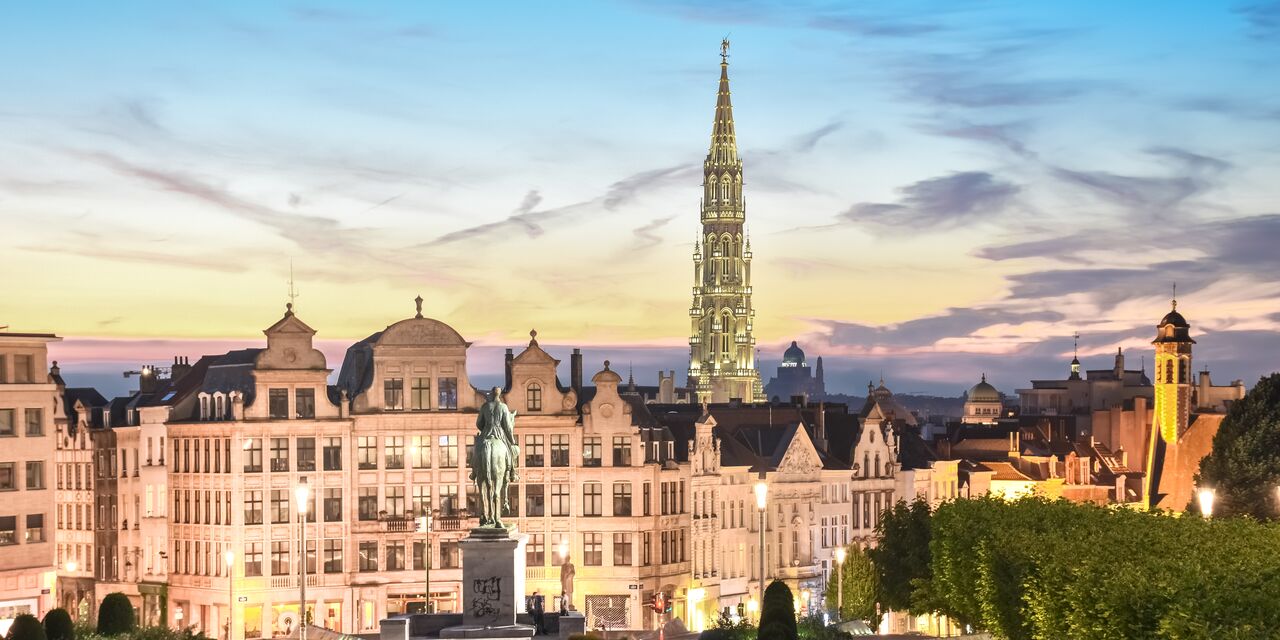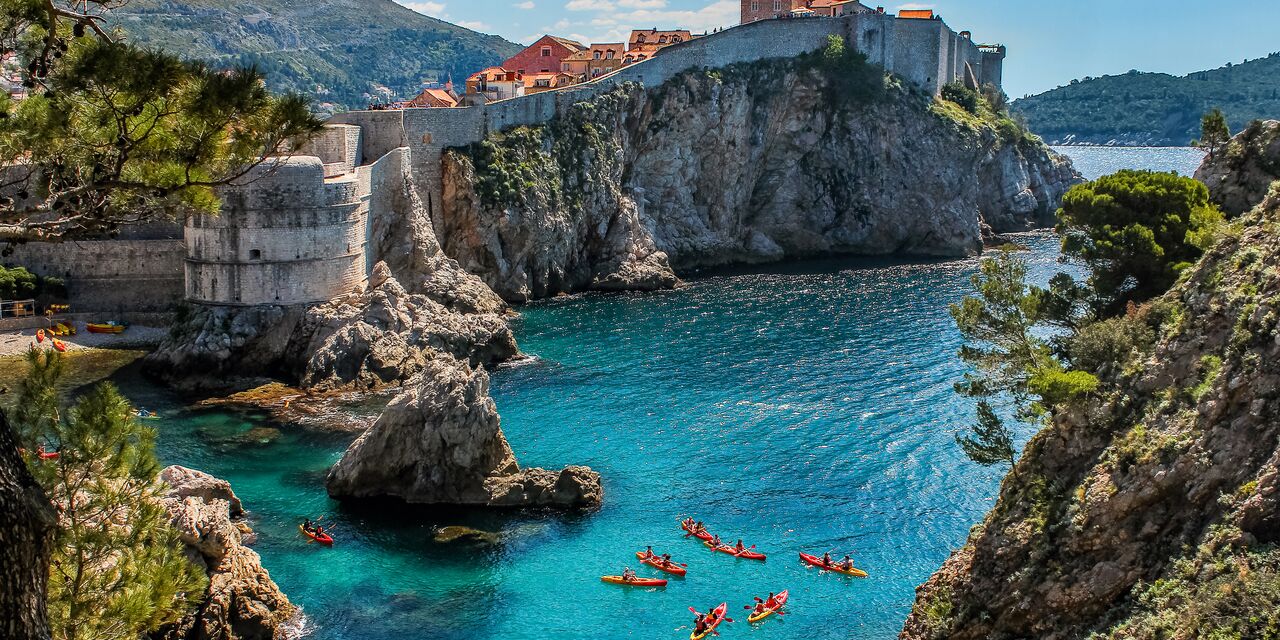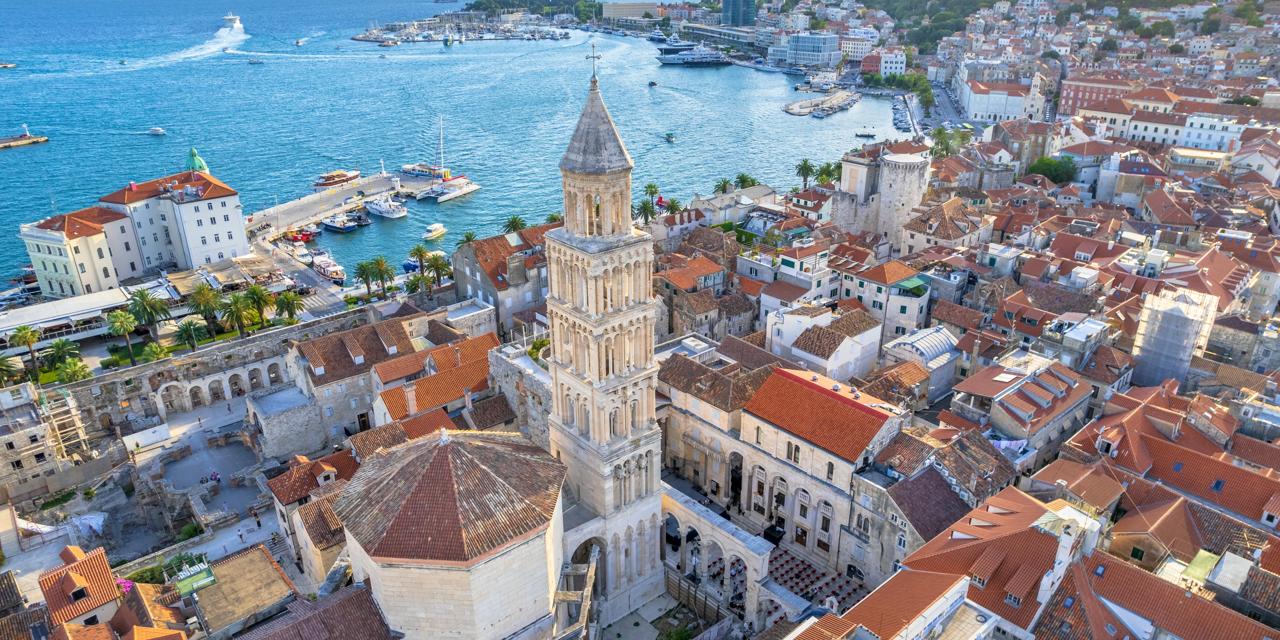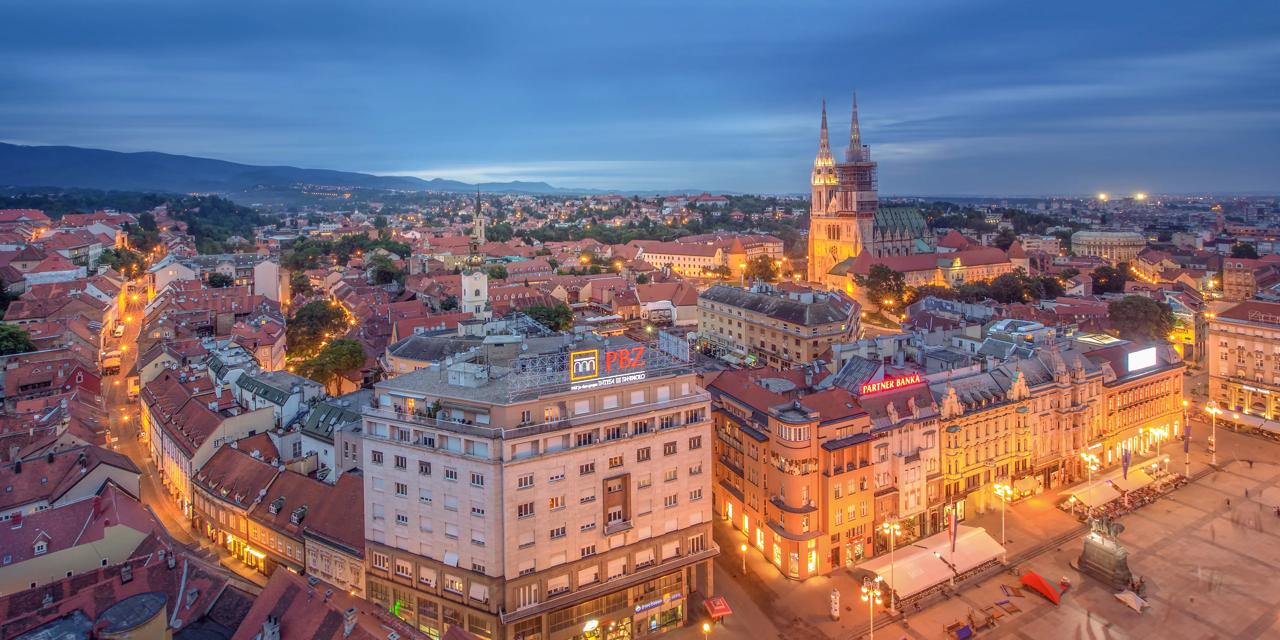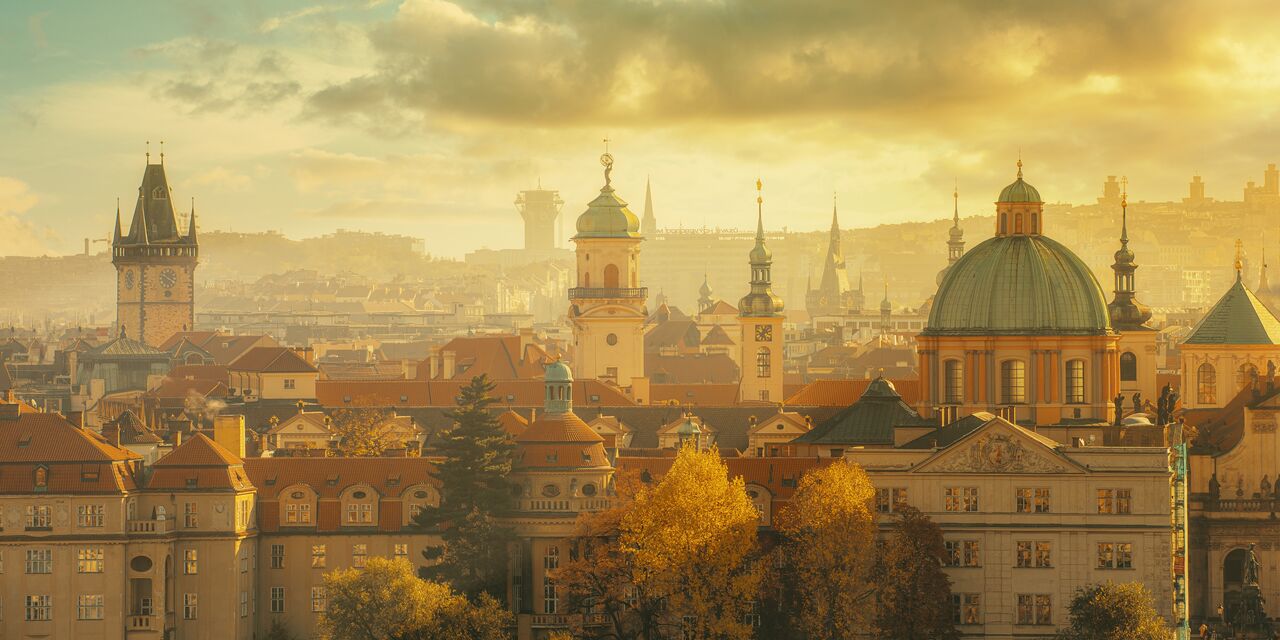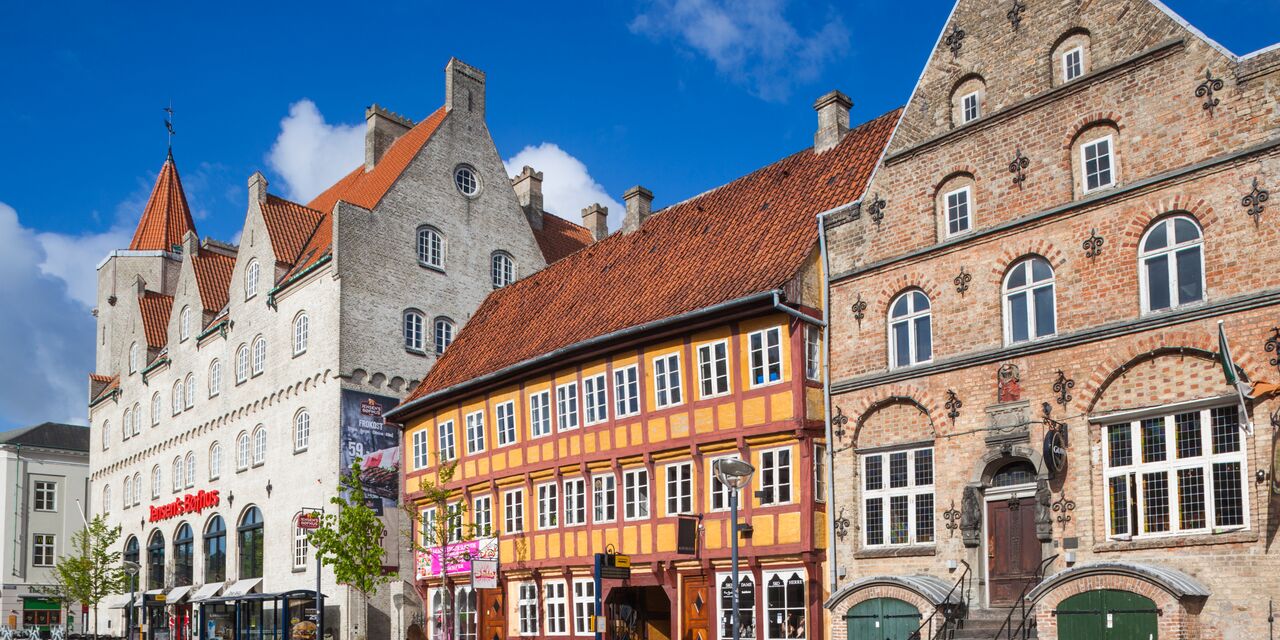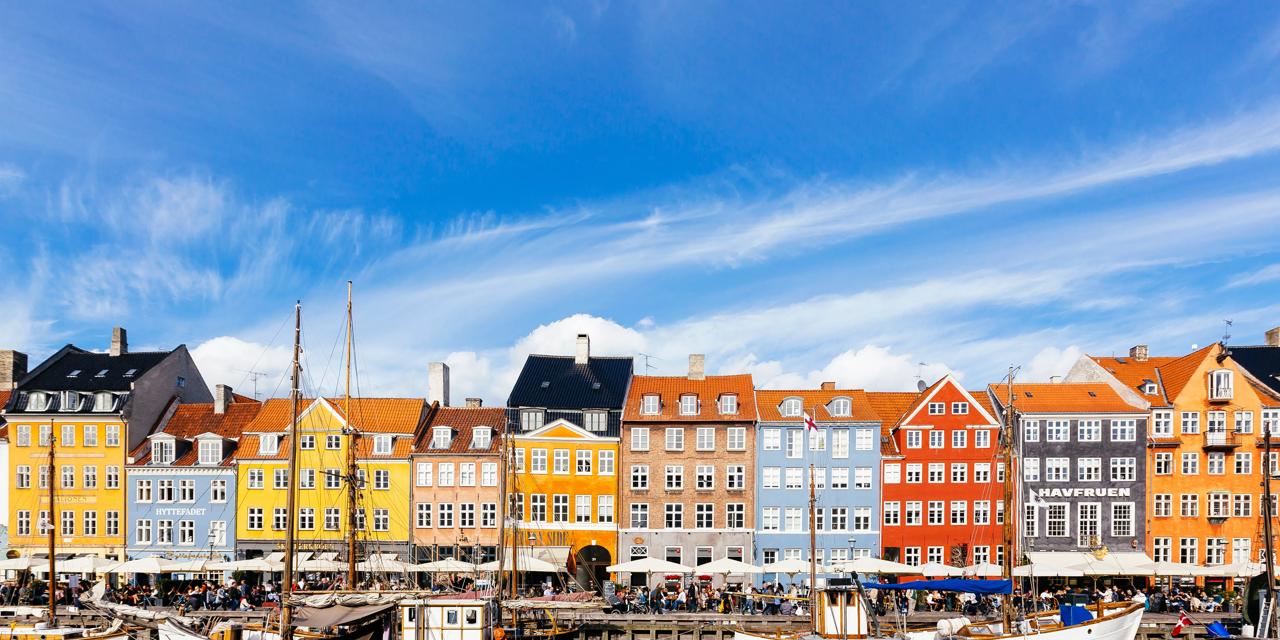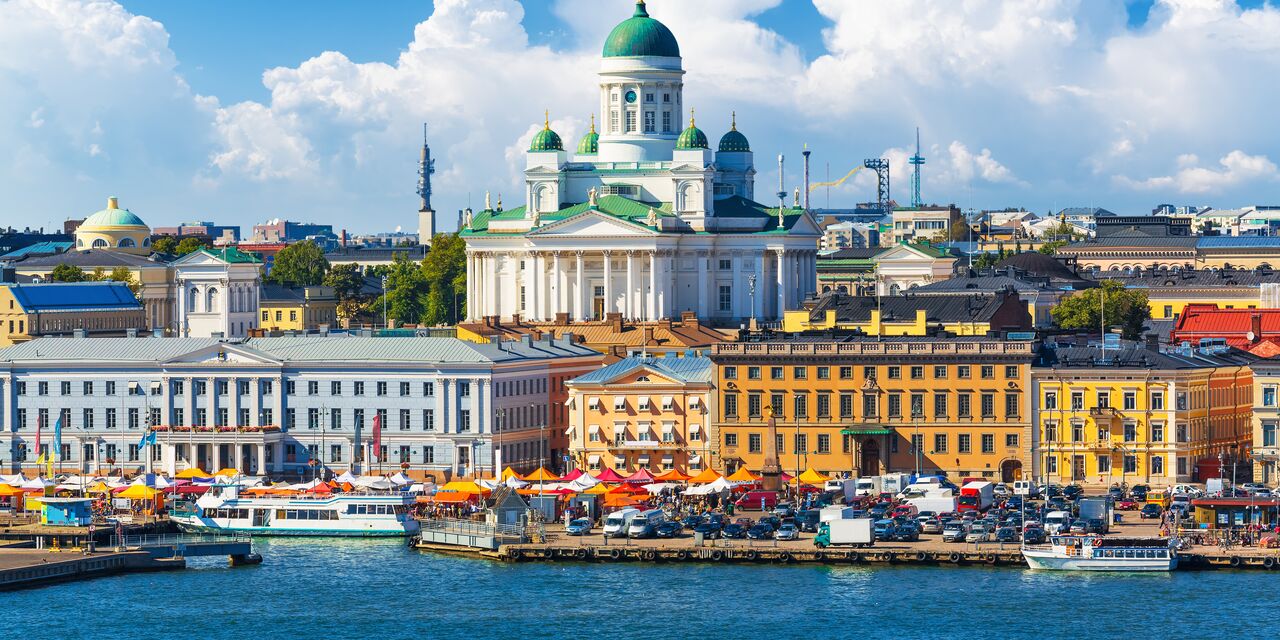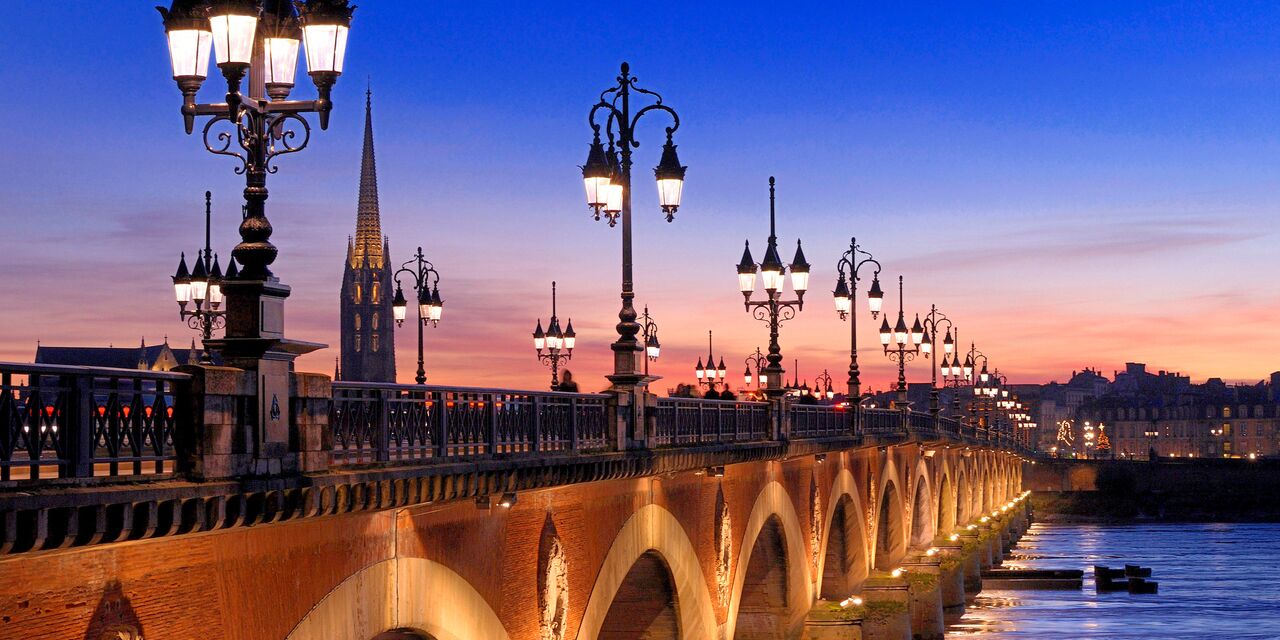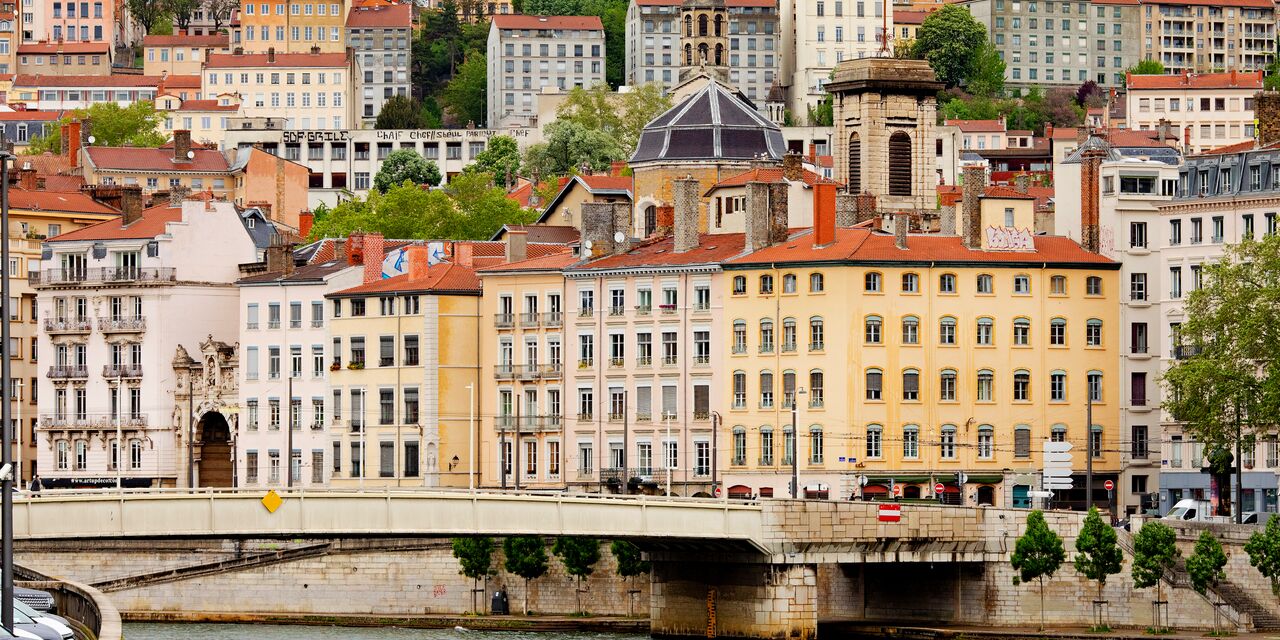The life of Pablo Picasso
Barcelona and Pablo Picasso (1881) are inextricably connected: not only did the artist complete his academic training here, it is also where he took his first steps towards modernism. The Museu Picasso displays the artist’s most important earlier works – stemming from the period when Picasso worked and lived in his beloved ‘Barça’.
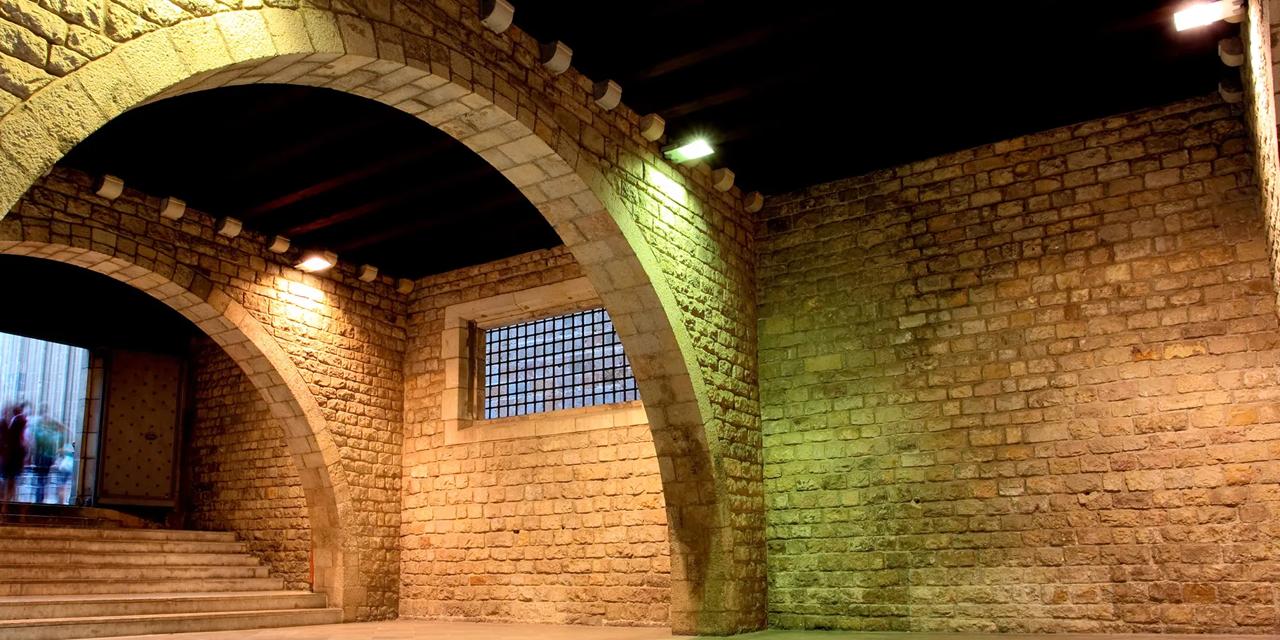
Rooms filled with art treasures
Considering it has 35 rooms spread over 3 floors filled with works by Picasso, it's easy to see why the Museu Picasso draws such large numbers of visitors every day of the year. The museum focuses primarily on the artist’s earlier works, which he made when he lived in Barcelona. The very setting of the Museu Picasso is already a sight to be seen: it consists of 5 connected merchant houses from the 13th to 15th century. The permanent collection is on display in Palau Aguilar, Palau del Baró de Castellet and Palau Meca; Casa Mauri and Palau Finestres house temporary exhibits. Picasso dreamed of having his own museum in Barcelona. His good friend and personal secretary Jaume Sabartés Gual made this dream come true; together with the city of Barcelona, he planned this exceptional museum that was inaugurated in 1963.
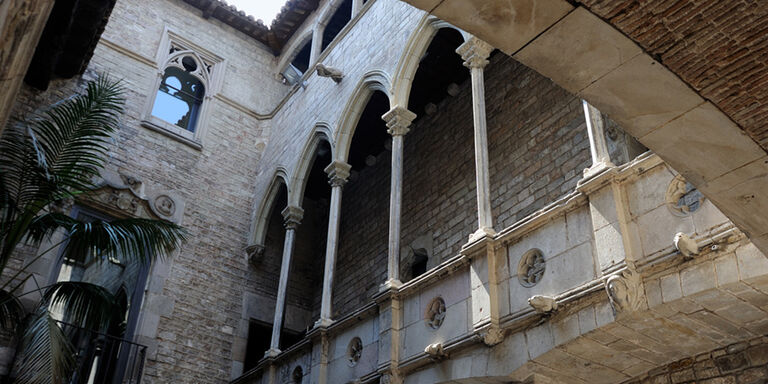
From Barcelona to Paris
The first rooms of the museum are dedicated to a collection of Picasso's first oil drawings and sketches from 1893; these already clearly show the young Picasso’s talent. Especially Retrato de la Tía Pepa (Portrait of Aunt Pepa) from 1896 reveals the enormous maturity of his painting style, when considering Picasso was only 15 years old when he painted it. The following rooms display works from Picasso's early years in Paris, where he spent much of the rest of his life. From room 8 onwards, the collection shows work from Picasso's Blue Period: between 1900 and 1904, the artist painted melancholic scenes, using mostly shades of blue.
Project Las Meninas
One of the highlights of the museum is the series Las Meninas (The ladies-in-waiting). In 1957, Picasso spent 5 months studying Las Meninas by Diego Velázquez, a 17th-century painter. It drove him to create as much as 58 paintings inspired by this masterpiece. Picasso painted the composition or parts of Las Meninas in a cubist style; he moved the original figures and played with the colours. From what can be read from L’atelier de Picasso, Picasso said that he worked until ‘the Velázquez Meninas disappeared and my own Meninas emerged’. The book L’atlier de Picasso was written by Picasso's close friend Jaume Sabartés Gual and published in 1952 – so there is probably some truth behind the quote.
Discover other destinations in Europe
*表示料金は大人1名様の料金です。金額はすべてJPY換算となります。 税金とサーチャージ込み。 予約手数料はかかりません。ただし、支払手数料が発生する場合があります。 表示されている価格は予約状況により、料金に変更が生じる場合があります。 お支払い方法をお選びいただく際に、正確な合計料金をご確認いただけます。
The weather forecast information is provided by World Weather Online. Air France-KLM is not responsible for the reliability of this data.


